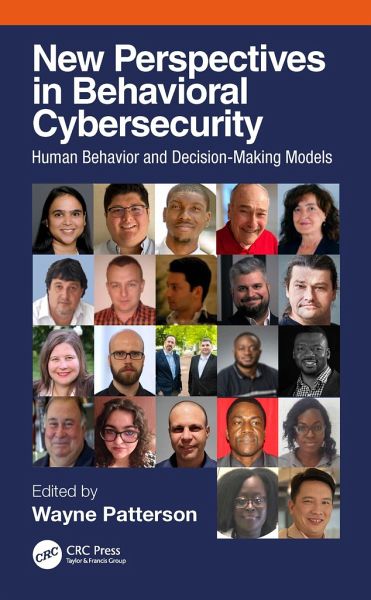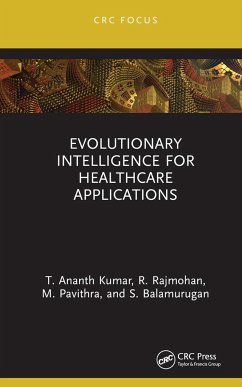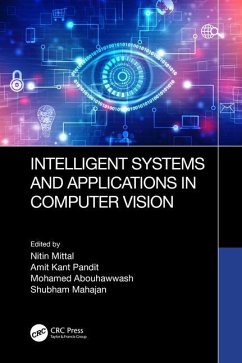Dr. Wayne Patterson is a retired Professor of Computer Science at Howard University. He is also currently Co-Principal Investigator for the GEAR UP project at Howard. He has also been Director of the Cybersecurity Research Center, Associate Vice Provost for Research, and Senior Fellow for Research and International Affairs in the Graduate School at Howard. He has also been Professeur d'Informatique at the Université de Moncton, Chair of the Department of Computer Science at the University of New Orleans, and in 1988 Associate Vice Chancellor for Research there. In 1993, he was appointed Vice President for Research and Professional and Community Services, and Dean of the Graduate School at the College of Charleston, South Carolina. In 1998, he was selected by the Council of Graduate Schools, the national organization of graduate deans and graduate schools, as the Dean in Residence at the national office in Washington, DC. His other service to the graduate community in the United States has included being elected to the Presidency of the Conference of Southern Graduate Schools, and also to the Board of Directors of the Council of Graduate Schools. Dr. Patterson has published more than 50 scholarly articles primarily related to cybersecurity, one of the earliest textbooks in cybersecurity, Mathematical Cryptology (Rowman and Littlefield, 1986), and recently the first book in this aspect of cybersecurity (with co-author Cynthia K. Winston), Behavioral Cybersecurity (CRC Press, 2018) . He has been the principal investigator on over 35 external grants valued at over $6,000,000. In August 2006, he was loaned by Howard University to the US National Science Foundation to serve as the Foundation's Program Manager for International Science and Engineering in Developing Countries, and in 2017 was Visiting Scholar at Google. He received degrees from the University of Toronto (BSc and MSc in Mathematics), University of New Brunswick (MSc in Computer Science), and the University of Michigan (PhD in Mathematics). He also held Post-Doctoral appointments at Princeton University and the University of California - Berkeley.
















